The pilot project “Smart Eco-Social Villages” initiated by the EU Parliament and supported by the EU Commission is about to end, a final event took place on February 21st and 22nd at the EU Parliament to share the lessons learned and talk about what it means for EU policies and budget.
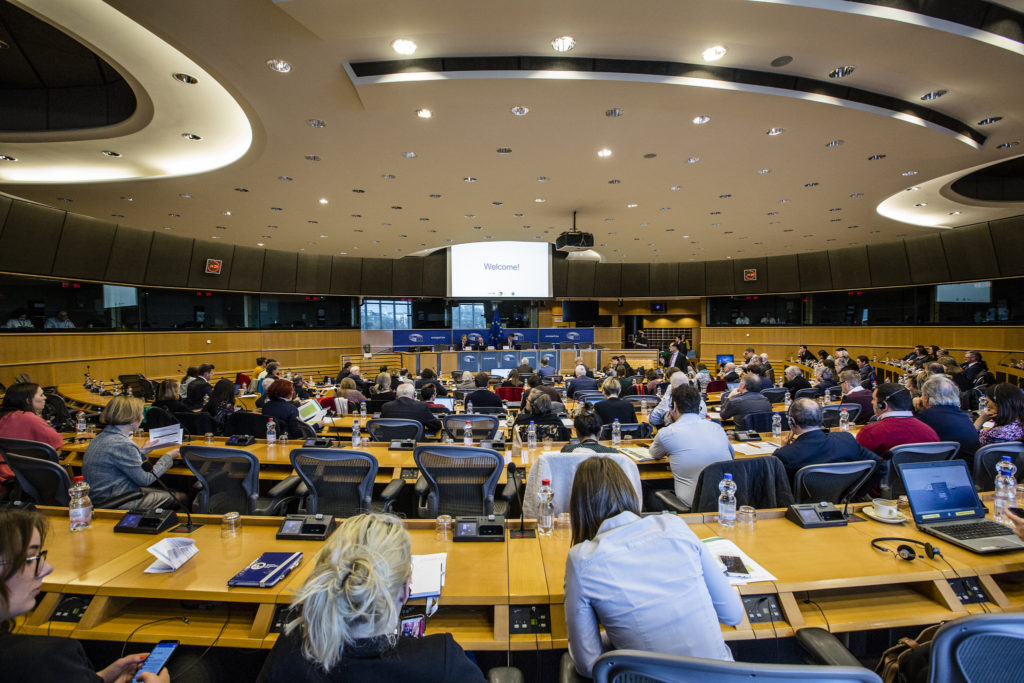
The goals of the project were to maps the rural challenges in Europe, to give a definition of Smart Villages and to identify practical solutions. You probably have your own definition of what a Smart Village is, but how can we give a generic definition? Here is the one proposed by the pilot project, from the 30 interviews conducted in 19 villages from 13 European countries, the online consultation and the collaborative workshop:
“Smart Villages are communities in rural areas that use innovative solutions to improve their resilience, building on local strengths and opportunities. They rely on a participatory approach to develop and implement their strategy to improve their economic, social and/or environmental conditions, in particular by mobilising solutions offered by digital technologies. Smart Villages benefit from cooperation and alliances with other communities and actors in rural and urban areas. The initiation and the implementation of Smart Village strategies may build on existing initiatives and can be funded by a variety of public and private sources.”
To complete the definition, the key terms are further defined by the project:
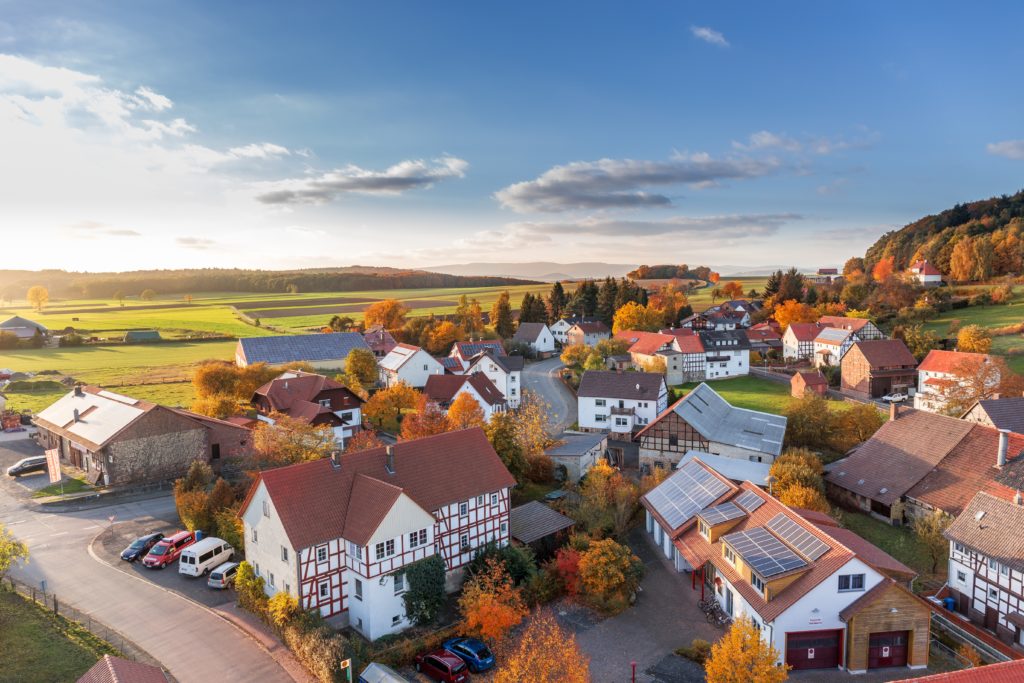
“Communities in rural areas can include one or several human settlements, without any restrictions regarding the administrative boundaries or the number of inhabitants. As regards eligibility conditions for support, Member States may use definitions of rural areas as provided for by the OECD, EUROSTAT or other definitions.”
“A participatory approach means an active participation of the local community in the drawing up and decision-making regarding the Smart Village strategy. During the implementation phase, the participatory approach will ensure that the needs for capacity building and for training of people are properly addressed.”
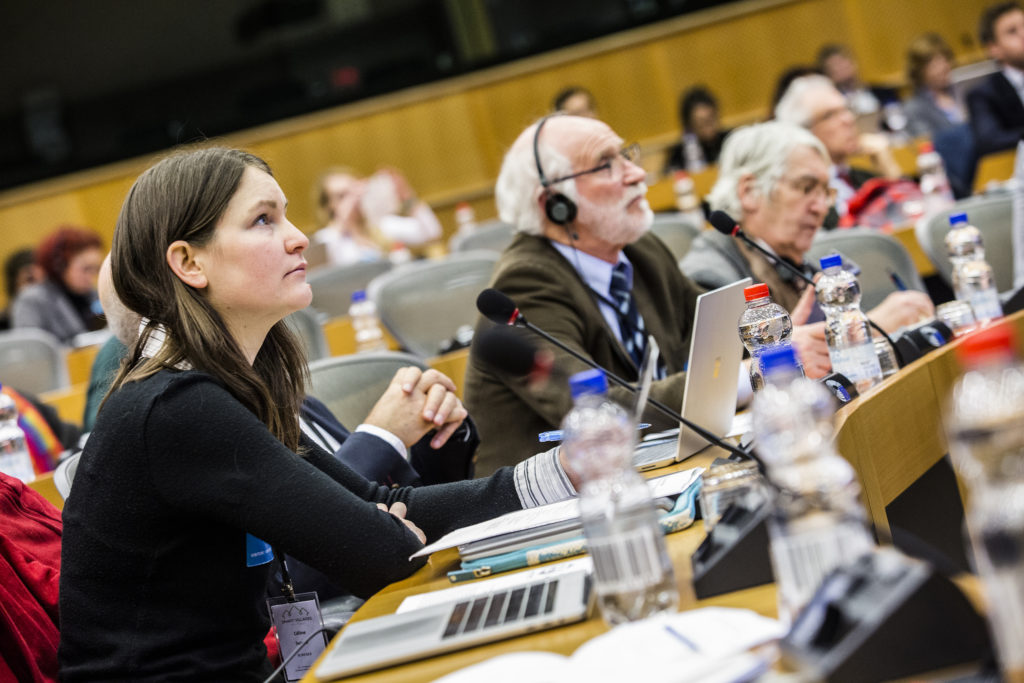
“Digital technologies include, for example, information and communication technologies, the exploitation of big data or innovations related to the use of the Internet of Things (IoT). They act as a lever to enable Smart Villages to become more agile, make better use of their resources and improve the attractiveness of rural areas and the quality of life of rural residents. The use of digital technologies is not a precondition for becoming a Smart Village. Where possible, high-speed broadband will facilitate the deployment of the digital solutions.”
“Smart Village strategies respond to the challenges and needs of their territory by building on their local strengths and assets. Strategies must determine short, medium and long-term goals. Progress must be measurable through performance indicators that will be set in a roadmap. These roadmaps should be reviewed at regular intervals to allow continuous improvement. Strategies may aim, for example: to improve access to services (in various fields such as health, training or transport), to enhance business opportunities and create jobs, to the development of short food supply chains and farming practices, to the development of renewable energies, to development of a circular economy, to a better exploitation of natural resources, to adapt to climate change, to preserve the environment and biodiversity, to a better valorisation of the cultural heritage for a greater tourist attractiveness etc. “
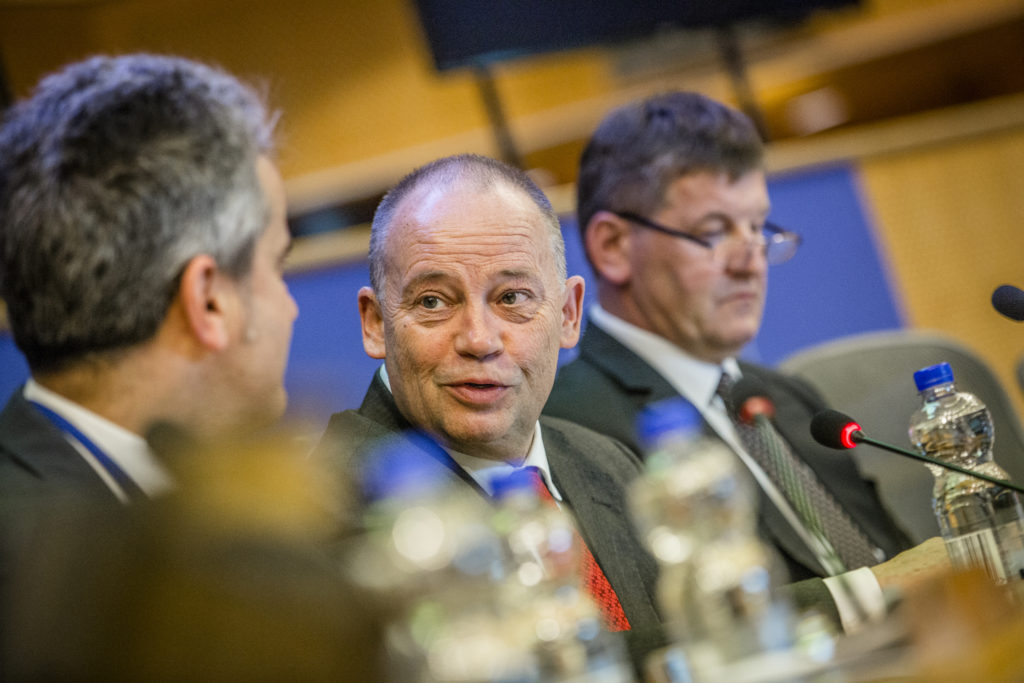
Smart Villages do exist as of now, the project gave them the name “Smart” to describe their innovation. They will be integrated into EU policies, as annonced, first as a result indicator in the CAP strategy plans, and funding will be dedicated to them as of 18% of the 5% of the Cohesion fund dedicated to rural and handicaped areas development (to be confirmed by EU Commission during the plenary session in March). This would represent about 2.4 billion € for the implementation of Smart Villages in Europe, and 14.5 billion € for rural development. Another significative progress that was reminded is the Agreement of October 3rd 2018 in favor of a European Rural Agenda, proposition pushed forward by the European Countryside Movement and RURENER through the RUMRA intergroup.
Questions remain regarding the link to the LEADER programme and the underlying strategy to plan rural development on the long term. Indeed, if it looks good to be a “Smart Village” today, the ambition must remain despite the changes of terminology in EU policies. To be continued…
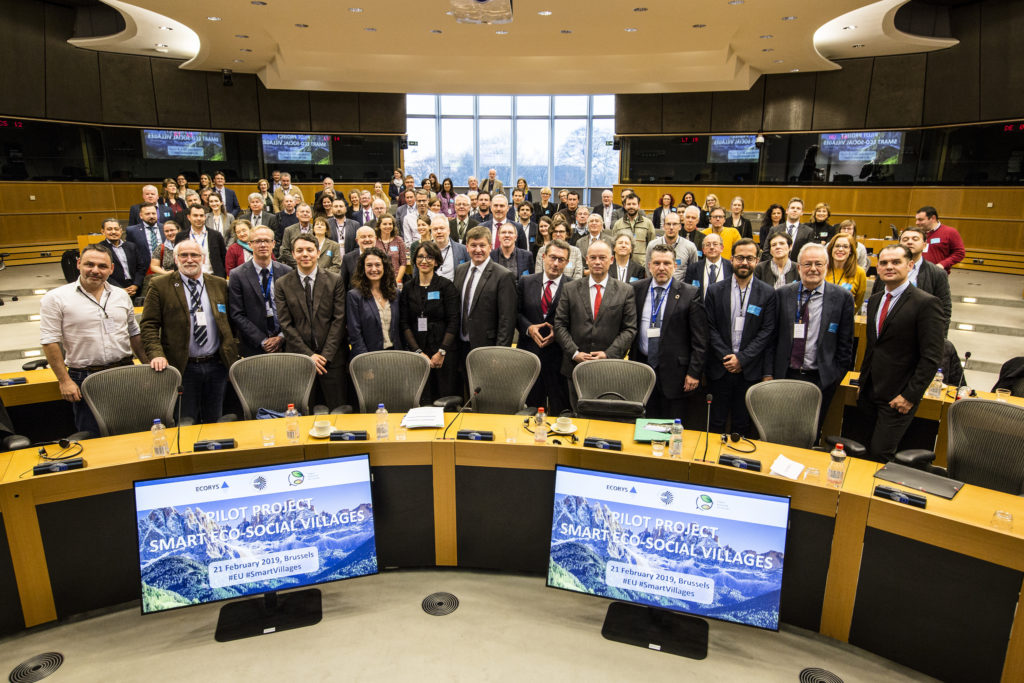
Compte-rendu de l’événement (RURENER)

Great opportunity to include energy strategies in those village smartness! RURENER welcome them to discuss this chance and make it a reality!